Full List of Grapes & Juices In Stock as of 9/29/17 at 7:25AM
Grapes in Stock: Paso Robles Zinfandel, Paso Robles Cabernet Franc, Paso Robles Pinot Noir, Caterina Cabernet Franc, Caterina Petite Sirah, King’s River Cabernet Franc, Caterina Muscats, Muscat King, Lucerene Alicante, King’s River Albarino, Lodi Gold Petite Sirah, Cry Baby Muscats, Lanza Petite Sirah, Lanza Cabernet, Lanza Primitivo, Lanza Sangiovese, Lanza Barbera, Lanza Muscat Cannelli, Cry Baby Merlot, Cry Baby Barbera, Lugano Old Vine Zinfandel, Caterina Old Vine Zinfandel, Cry Baby Cabernet Clone 337, Lodi Gold Black Muscat, Valley Beauty Zinfandel, and Malvasia Bianca. More grapes arrivng hourly.
Juices in Stock: ALL Varieties!!
The Winemaker’s Think Tank: Vol 32 – “What do I do if I have a stuck fermentation?”
What’s the Winemaker’s Think Tank?
Every Thursday we will post about a few frequently asked questions that our winemaker has answered. If you have a winemaking question you would like to have answered, please email us at support@juicegrape.com and we will try to get into next week’s post. Cheers! 🙂
What do I do if I have a stuck fermentation?
Sometimes, even though we take great care as winemakers to avoid it, we can get caught with a stuck fermentation. Yeast are incredible creatures, capable of very rapid reproduction, but they do have their limiting factors. It is very important to know the limitations of the certain yeast strain that you are using for your wine. Evaluate your must’s pH to ensure that it is above 3.2, the lower pH environmental threshold for most yeast strains. Take into consideration the alcohol tolerance of the yeast that you selected. If you take the initial Brix level and multiply it by .55, you will have a pretty close estimate of your ending alcohol by volume. Make sure that you haven’t put in a yeast that is unable to handle the rising alcohol levels of the must. Another important factor to consider is the temperature of the must. All yeast strains have a preferred temperature window in which they like to work and reproduce. Because fermentation is an exothermic reaction, check your temperatures (if making reds always take a measurement under the cap) and be sure they haven’t gotten so warm that the yeast may be dying off. The opposite is also true, ensuring that your juice or must have warmed up enough to allow the yeast to begin their processing. Lastly, another important factor to consider in the health of your fermentation is the nutrition of your yeast. Aside from the sugar that they consume, yeast also need proteins, vitamins, and minerals to complete a healthy fermentation. Using a nutrient, such as Fermaid, will give the yeast the other elements needed to properly process the juice.
After the careful evaluation of these factors, you may need to add a small amount of water, nutrients, or heat or cool the must/juice. A winemaker at Musto Wine Grape is happy to help you with the amounts and timing of these additions. If all of these factors have been evaluated and adjusted for, prior to fermentation, and you still have a stuck fermentation, you will need to restart the fermentation. Please contact support@juicegrape.com and a trained winemaker can help you with a restart procedure.
We hope this information helps with your winemaking. If you have any follow up questions or winemaking questions in general, please email us at support@juicegrape.com.
Grapes & Juices in Stock as of 9/26/17 at 7:33AM
PLEASE CALL AHEAD BEFORE YOU PICK UP.
Our inventory moves very quickly and we want to make sure we have everything you want in stock. Sincerely, The Musto Crush Crew
California Juices: California Select, Cry Baby, and Colina del Sol – All Varieties in Stock
Lodi Gold Juices (California): Chardonnay, Pinot Noir, Muscat, Thompson Seedless, Merlot, Mixed Black, Cabernet Sauvignon, and Zinfandel
California Wine Grapes:
- California Special Barbera
- Lugano Barbera
- Pia Cabernet Sauvignon
- Caterina Petite Sirah
- Cry Baby Grenache
- Caterina Cabernet Sauvignon
- Uva di California Ruby Cabernet
- Zinderella Zinfandel
- Muscat King #36
- Valley Beauty Zinfandel
- Cry Baby Cabernet Sauvignon Clone 337
- Pia Sangiovese
- Teaser Zinfandel (small quantities – call ahead)
- Teaser Grenache (small quantities – call ahead)
- Pia Malbec
- Caterina Old Vine Zinfandel
- Caterina Sangiovese
- Caterina Old Vine Carignane
- Caterina Merlot
- Cry Baby Sangiovese
- Costamagna Merlot
- Cry Baby Sangiovese
- Costamagna Cabernet Sauvignon
- Cry Baby Syrah
- Cry Baby Muscat #36
- Costamagna Viognier
- Caterina Thompson Seedless #42
- Caterina Pinot Noir
- Smiling Baby Merlot
- King’s River Albarino
- Lodi Gold Albarino
- Pia Cabernet Franc
- Cry Baby Mixed Black
- Lanza Petite Verdot
- Lanza Chardonnay
- Lanza Petite Sirah
- Lanza Primitivo
- Lanza Cabernet Clone 8 (Valley) – CALL to Confirm
- Lanza Sangiovese
- Lanza Barbera
- Lanza Malbec
- Lanza Muscat Cannelli
- King’s River Cabernet Franc
- Paso Robles Cabernet Franc
- Cry Baby Malbec
- Lodi Gold Tannat
- Paso Robles Pinot Noir
- Paso Robles Merlot
- Lodi Gold Pinot Noir
- King’s River Tempranillo
- Cry Baby Old Vine Black Muscat
- Caterina Zinfandel
- Lodi Gold Black Muscat
Wine Competition Entries are Due Soon!
Get excited because our Winemaking Competition is back! We have Certified Sommeliers, Certified American Wine Society Wine Judges, and Professional Winemakers who will be giving you in depth notes about your wines. Our judges are excited to taste your wines and give some awesome tasting notes! We are currently accepting entries and hope to see you soon. If you have any questions about the wine competition please contact Christina at cmusto@juicegrape.com.
The Details: All entries must be delivered to Musto by October 14, 201. The Wine Competition will be held October 21st, 2017.
Download all documents by clicking HERE.
Photos from the last years Awards Ceremony & Dinner….
Dinner Date: TBD – but will be in January in 2018
Grapes & Juices in Stock as of 9/21/17 at 9:27AM
JUICES: All varieties in stock – Cry Baby & California Select labels
Grapes in Stock as of 9/21/17
– Caterina Petite Sirah
– Lodi Gold Pinot Grigio
– Lodi Gold Albarino
– Zinderella
– Valley Beauty Zin CPC
– Uva di Cal Cairgnane
– Teaser Grenache
– Caterina Old Vine Carignane
– Pia Malbec
– Cry Baby Grenache
– Cry Baby French Colombard
– Pia Zinfandel
– Caterina Cabernet
– Caterina Petite Sirah
– Cry Baby Tempranillo King River
– Caterina Old Vine Zinfandel
– Uva di Cal Ruby Cabernet
– Pia Cabernet Sauvignon
– Caterina Merlot
– Cry Baby Muscat #42
– Pia Cabernet Franc
– O’Caprio Alicante #42
– Pia Ruby Cabernet
– Pia Sangiovese
– Smiling Baby Barbera
– Smiling Baby Sangiovese
– Lodi Gold Cabernet Sauvignon
– Lodi Gold Chardonnay
– Costamagna Pinotage
– Cry Baby King River Syrah
– Costamagna Viognier
– Cry Baby Grenache
– Cry Baby King River Cabernet Franc
– Lucerne Alicante #42
– Smiling Baby Thompson Seedless #42
– Caterina Thompson Seedless #42
– Lanza Chardonnay
– Lanza Sangiovese
– Lanza Primitivo
– Lanza Barbera
– Lanza Malbec
– Lanza Muscat Cannelli
– Uva di Cal Paso Robles Cabernet Franc
– Costamagna Syrah
– Smiling Baby Merlot
– Paso Robles Pinot Noir
– Cry Baby King River Cabernet Franc
– Costamagna Merlot
– Cry King River Zinfandel
– Cry Baby Sangiovese
– Pia Sauvignon Blanc
– Pia Sangiovese
– Old Vine Black Muscat Cry Baby
– Valley Beauty Zinfandel
– Cabernet Malbec
– Pia Zinfandel
– Smiling Baby Malvasia Bianca
– Uva di Calfornia Mixed Black
– Cry Baby Muscat #36
The Winemaker’s Think Tank: Vol 31 – How do I bring down my Brix?
What’s the Winemaker’s Think Tank?
Every Thursday we will post about a few frequently asked questions that our winemaker has answered. If you have a winemaking question you would like to have answered, please email us at support@juicegrape.com and we will try to get into next week’s post. Cheers! 🙂
How do I bring down my Brix?
Sometimes the beautiful California weather can ripen our wine grapes a little too much, sending sugar levels very high. Any grapes with an initial Brix reading over 28 degrees, should be considered high and a winemaker must use caution when fermenting them. The sugars are fermented into alcohol, so many home winemakers think “I will just have a nice strong wine”. While this is correct, the high alcohol levels can lead to a stuck fermentation as the accumulating alcohol levels will begin to kill the yeast. It is very important when selecting your yeast strain, to make sure that is has an alcohol tolerance high enough to handle the sugar in the grapes. You can figure out the end alcohol by volume by multiplying the initial Brix level by .55. Make sure the yeast can handle this end ABV. Another factor to consider is the balance of the wine. Having a very high alcohol content (>14%) can lead to a burning sensation upon ingestion and some off flavors in the wine.
Now that we have covered why you may want to bring down your Brix levels, now how does one go about it? You can add water, but because water has a neutral pH, you must add acidulated water as to not bring down the pH of the juice. If your grape must has a pH of 3.6, you must add 3.4g/L of tartaric acid to the water to lower its pH to make it the same strength as the wine must. Then how much water to add? Use the Pearson’s Square formula of the desired amount being equal to the volume of juice in liters multiplied by the desired brix minus the actual brix then divided by the brix of water (zero) minus the desired Brix.
In example, if you have a 5 gallon batch of juice at 28 degrees Brix and would like to add water to bring it to 24 degrees Brix, first convert the gallons to liters by multiplying by 3.78 L/gal. This gives you 18.9 liters. Minus the desired Brix of 24 from the actual Brix of 28, to give -4. Multiply the volume by the -4 to give -75.6. Then take the Brix of the additive (water which is zero) and subtract from that the desired Brix of 24. This will give you -24. Then the volume needed is simply -75.6/-24, which gives you 3.15. You would need to add 3.15 liters of water to reduce your Brix from 28 to 24.
We hope this information helps with your winemaking. If you have any follow up questions or winemaking questions in general, please email us at support@juicegrape.com.
Wine Class Schedule
We have a bunch of classes coming up! Make sure to RSVP via Facebook or Sign Up via the website!
Saturday September 23rd: Common Winemaking Mistakes (FREE) at 10:00AM – RSVP by clicking HERE
Saturday September 30th: Winemaking 201 – Winemaker Lab Skills ($75.00) at 10:00AM – sign up by clicking HERE
Saturday October 7th: Winemaker Bootcamp ($150.00) at 9:00AM – sign up by clicking HERE
The Winemaker’s Think Tank: Vol 30 – How do I test for pH?
What’s the Winemaker’s Think Tank?
Every Thursday we will post about a few frequently asked questions that our winemaker has answered. If you have a winemaking question you would like to have answered, please email us at support@juicegrape.com and we will try to get into next week’s post. Cheers! 🙂
How do I test for pH?
Testing for pH is a reasonably simple process for your wine. Based on your budget, you can obtain a variety of pH measuring implements. There are pH test strips that will give you an approximate level of pH in your wine. They give a color reaction that when compared to a chart, indicates the pH of the wine. The next level up in sophistication as well as price is a basic pH meter. Musto wine grape offers a simple handheld pH meter that can be calibrated in a matter of minutes and gives precise and accurate pH readings. The probe must be stored properly in a storage solution to ensure that it does not dry out. The probe lasts from 12-18 months, depending on its care and must be purged after this time frame. With the most basic model, you throw out the entire unit and buy a new one. With the more sophisticated models of pH meters, the probe is replaced separately from the unit (which should last indefinitely).
We hope this information helps with your winemaking. If you have any follow up questions or winemaking questions in general, please email us at support@juicegrape.com.






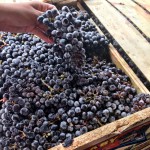

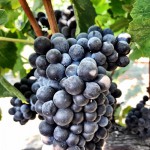










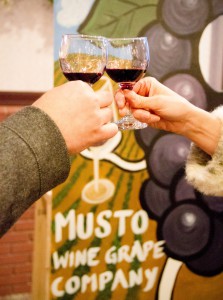



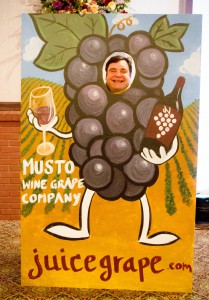
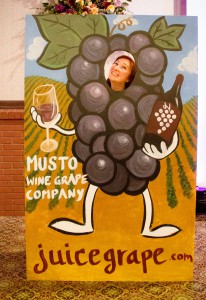
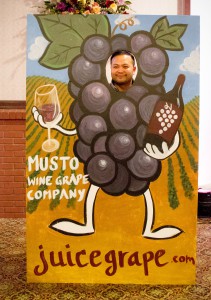

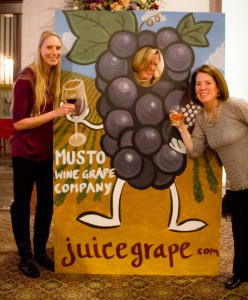




















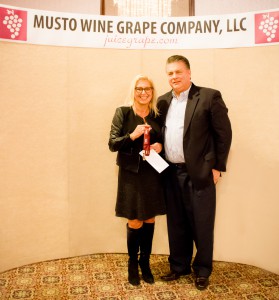




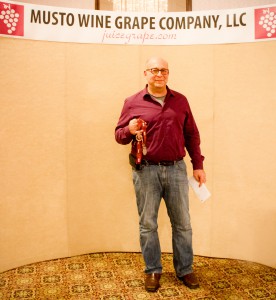
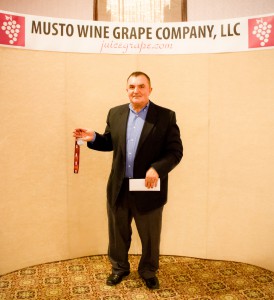

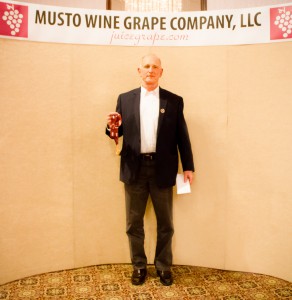

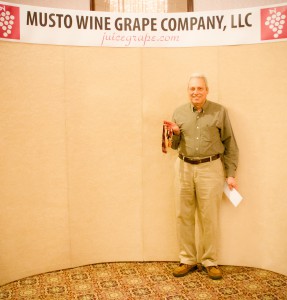



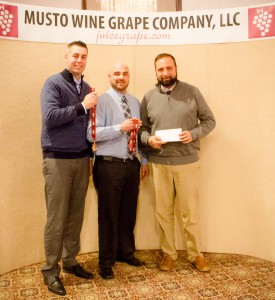
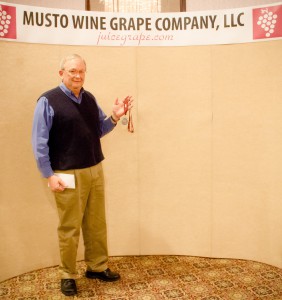

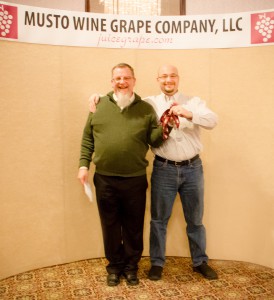


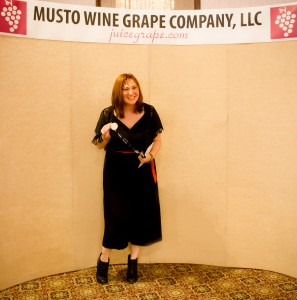

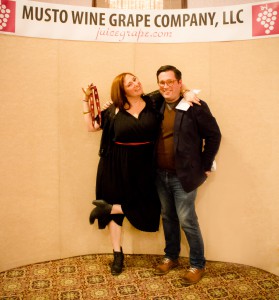


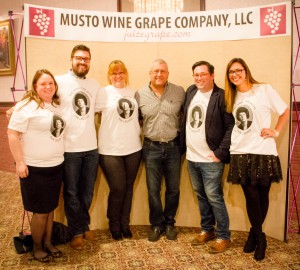

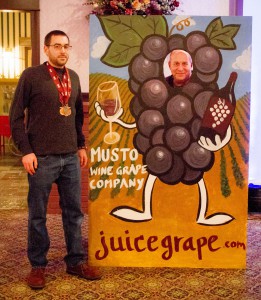

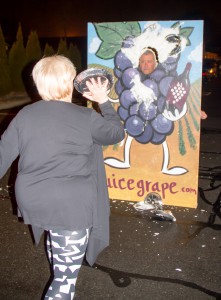
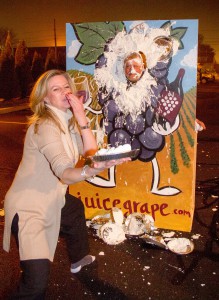
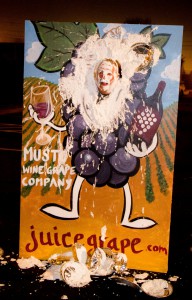
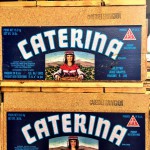
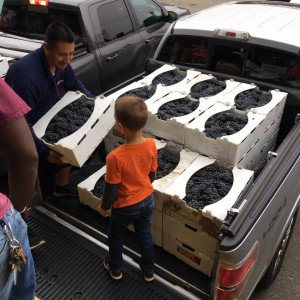
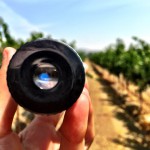
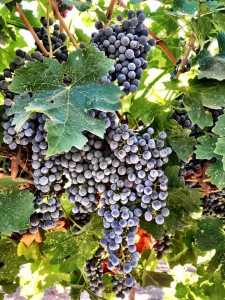
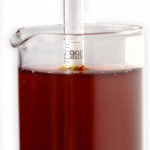


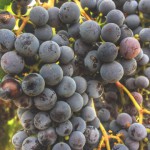
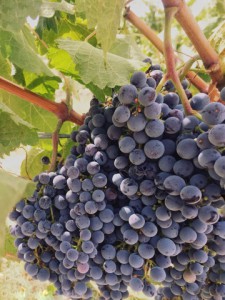

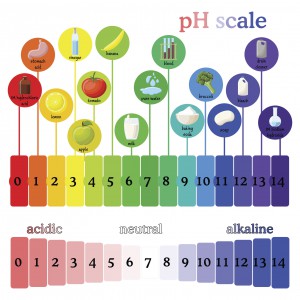
Recent Comments